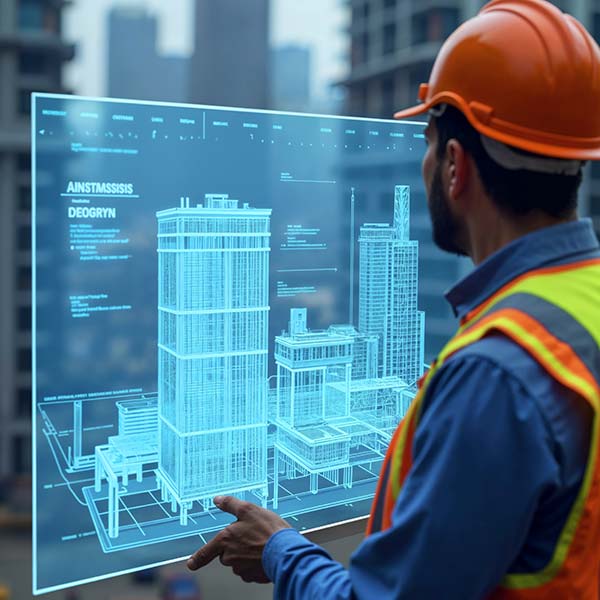In the building and infrastructure industry, automation technologies are key to enhancing operational efficiency, safety, and sustainability. Programmable Logic Controllers (PLC) and Distributed Control Systems (DCS) play a crucial role in managing complex processes, ensuring quality, and optimizing resource use. This article explores how PLC and DCS are applied in construction and infrastructure projects, providing innovative solutions that drive progress and efficiency.
The Role of PLC and DCS
Applications of PLC
PLCs are vital for controlling and monitoring various aspects of construction projects, offering precision and reliability in:
- Building Automation: PLCs manage HVAC systems, lighting, and elevators, ensuring efficient and comfortable environments.
- Energy Management: Optimize energy use by monitoring consumption and controlling energy systems.
- Safety Systems: Implement safety protocols to protect workers and ensure compliance with regulations.
Applications of DCS
DCS is ideal for overseeing large-scale infrastructure projects:
- Centralized Process Control: Manages multiple systems across construction sites from a unified platform.
- Data Integration and Analysis: Collects and analyzes data from various sources to improve decision-making and project management.
- Process Optimization: Enhances project efficiency and reduces costs through advanced control algorithms.
Solutions Offered by PLC and DCS
Enhancing Construction Efficiency
PLC and DCS systems improve construction efficiency through automation and data-driven insights:
- Automated Operations: Reduce manual interventions, leading to faster and more reliable construction processes.
- Real-Time Monitoring and Control: Continuous data collection optimizes equipment performance and resource allocation.
Improving Safety and Compliance
Safety and regulatory compliance are critical in construction, with PLC and DCS offering robust solutions:
- Integrated Safety Protocols: Protect workers and equipment by implementing industry-standard safety measures.
- Compliance Monitoring: Ensure adherence to building codes and regulations through automated reporting.
Sustainable Infrastructure Development
Sustainability is a growing concern, and PLC and DCS assist in achieving environmental goals:
- Resource Management: Optimize the use of materials and energy to minimize environmental impact.
- Emission Control: Monitor and control emissions to comply with environmental standards.
Implementation Case Study
Case Study: Automation Advancement in a Major Infrastructure Project
A leading construction company implemented PLC and DCS systems, achieving remarkable results:
- Increased Project Efficiency: Streamlined processes reduced construction time and increased productivity.
- Enhanced Safety Standards: Safety systems effectively minimized incidents and ensured regulatory compliance.
- Improved Sustainability: Energy management systems helped the company reduce consumption and meet sustainability targets.
Conclusion
PLC and DCS provide essential solutions in the building and infrastructure industry, enhancing construction efficiency, improving safety, and promoting sustainability. As technology continues to evolve, these systems will remain vital in driving innovation and competitiveness in infrastructure development. Companies should embrace these technologies to achieve operational excellence and meet future challenges.
By integrating PLC and DCS solutions, the building and infrastructure industry can achieve greater efficiency, safety, and sustainability standards, paving the way for a more resilient and competitive future.







